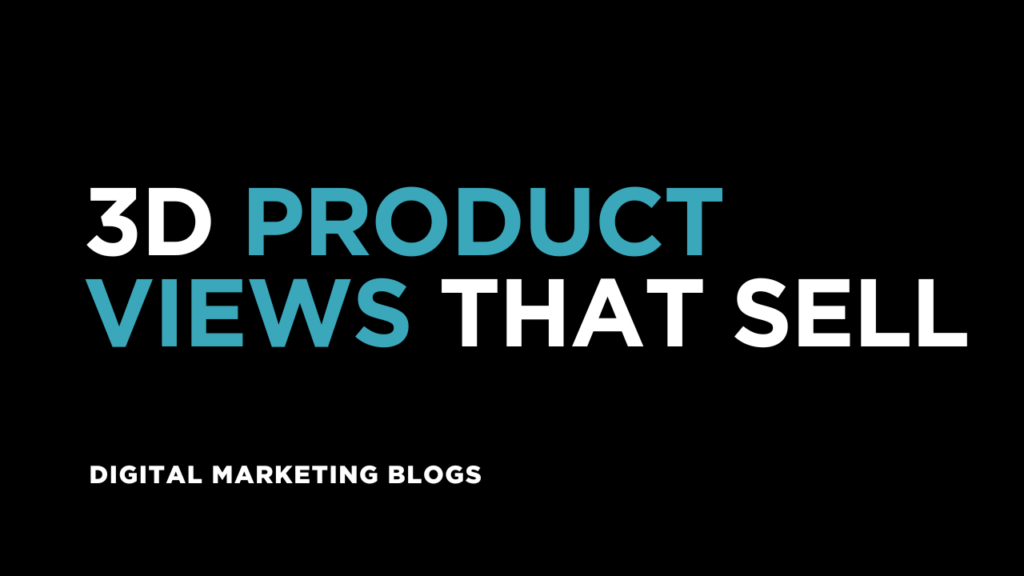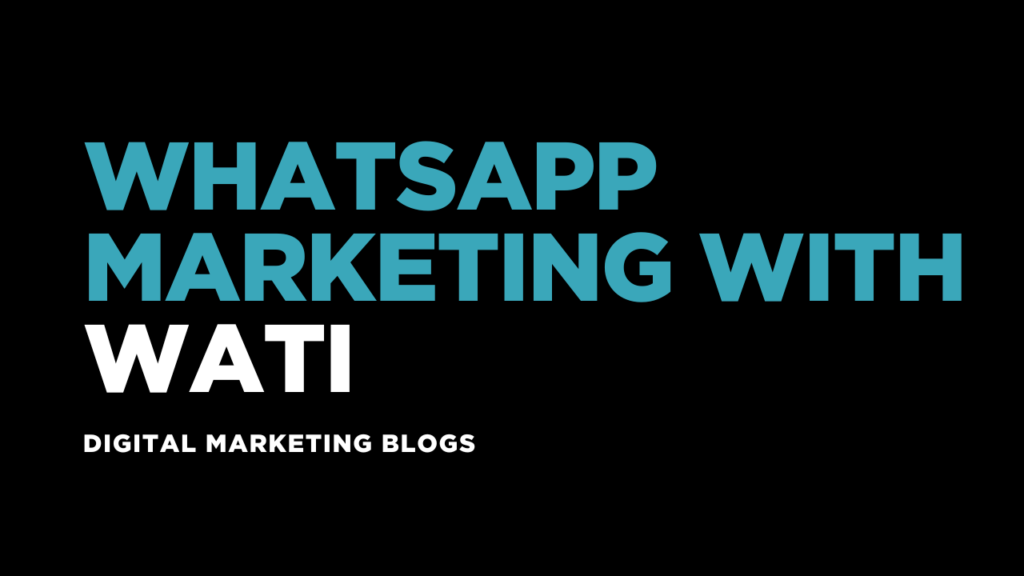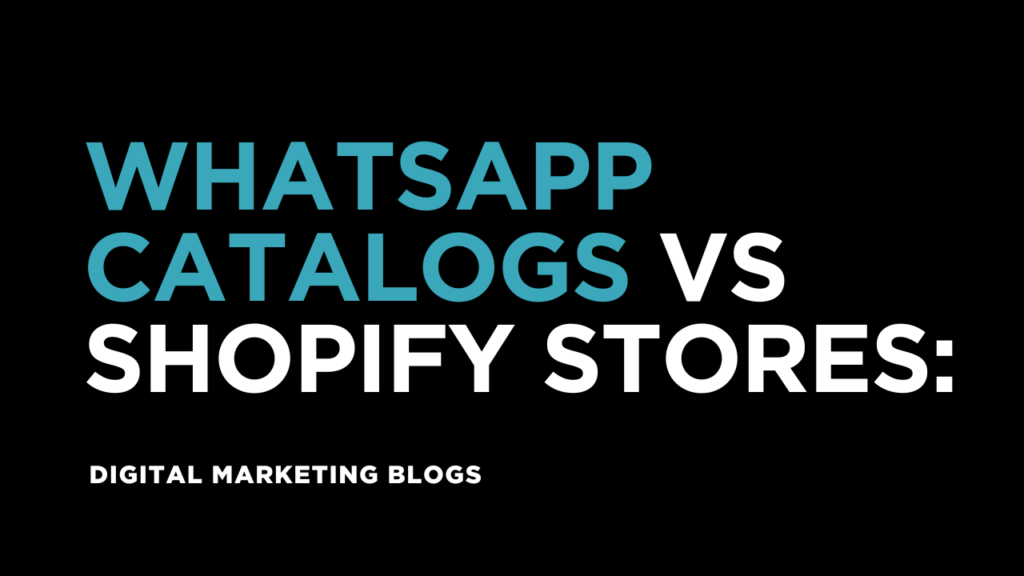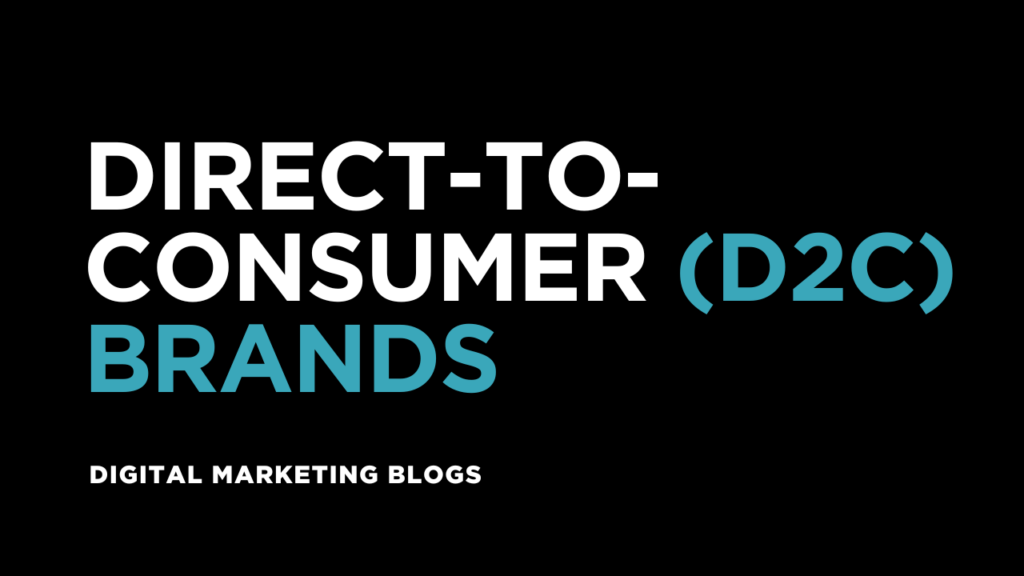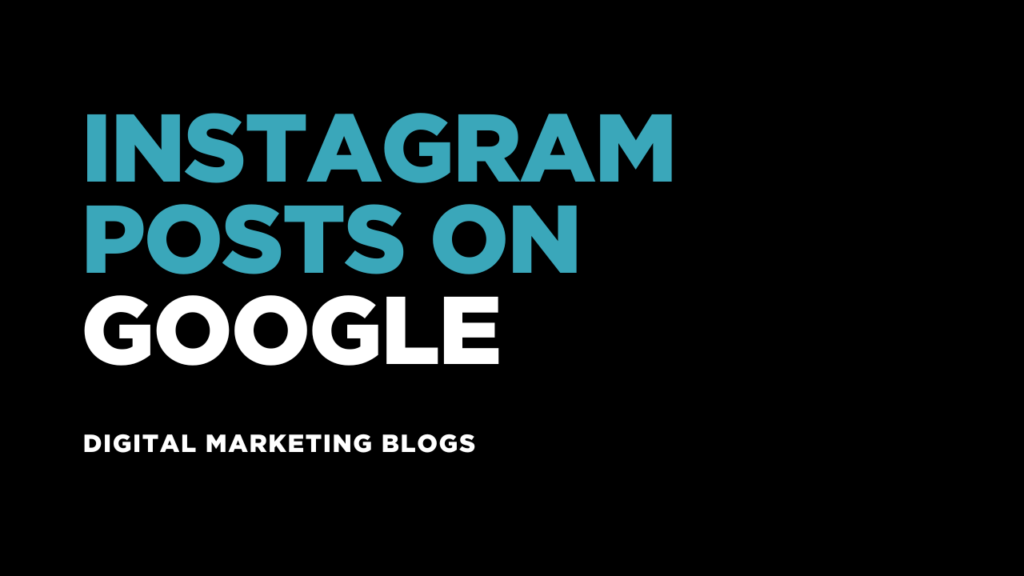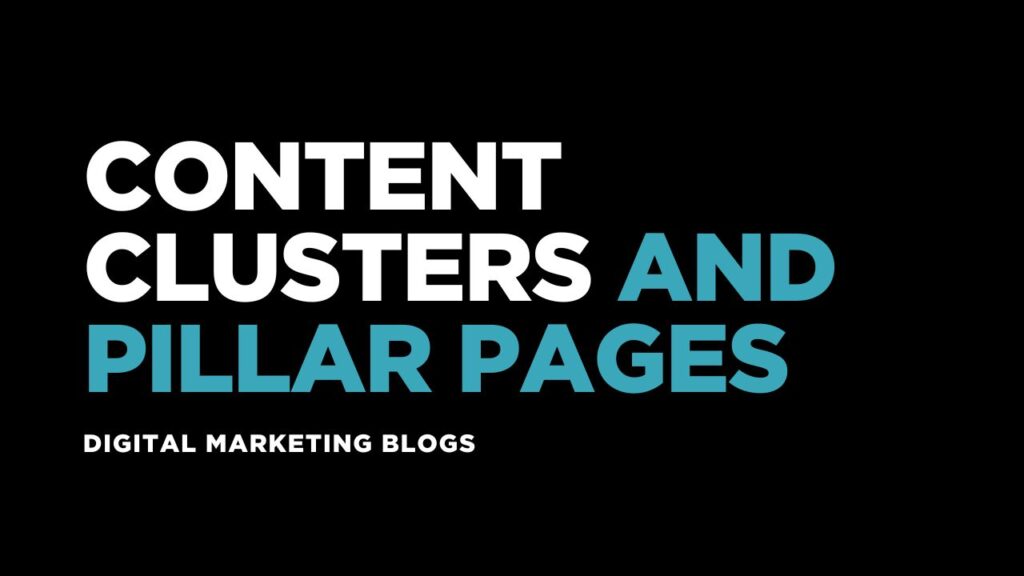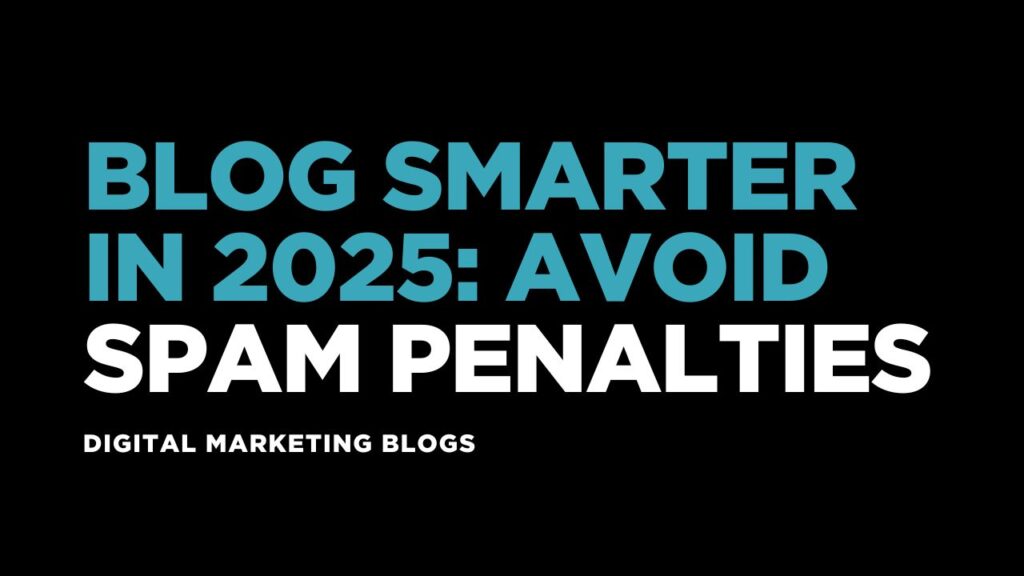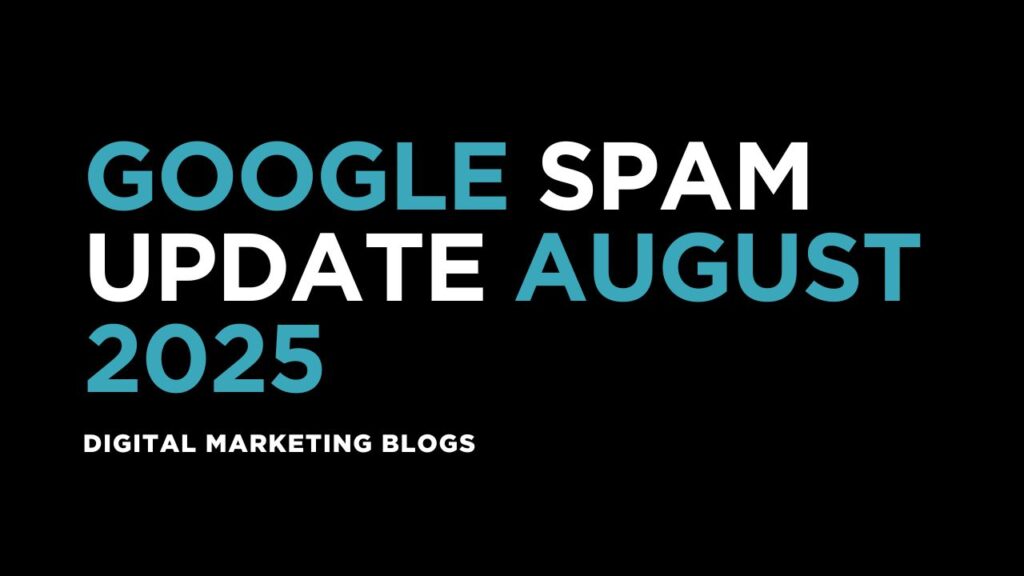3D Product Views, Virtual Try-Ons, and Immersive Storytelling in Ad Units
Digital advertising has entered a new era. Static images and simple video clips are no longer enough to capture attention or drive action. Brands are now embracing interactive, immersive ad formats like 3D product views, virtual try-ons, and dynamic storytelling to stand out and convert more customers. If you’re looking to improve user engagement, increase conversions, and offer next-level experiences, these tools should be part of your digital ad strategy. Here’s a deep dive into what they are, why they work, and how to start using them. What Are 3D Product Views? 3D product views allow users to see a product from every angle, zoom in for detail, and even interact with it using gestures or cursor movements. Key Benefits Enhances product understanding and trust Reduces product returns in e-commerce Works well for fashion, furniture, gadgets, and lifestyle items This feature mimics the in-store experience, letting users inspect items closely before making a decision. What Are Virtual Try-Ons? Virtual try-ons use augmented reality (AR) to let users visualize how a product would look on them using a phone or webcam. From sunglasses to shoes and even lipstick, try-ons are becoming mainstream in fashion and beauty retail. How They Improve Engagement Removes uncertainty from online shopping Boosts conversion rates by increasing purchase confidence Offers a memorable user experience that drives loyalty These are especially effective on platforms like Instagram, Snapchat, and newer AR-enabled ad networks. What Is Immersive Storytelling in Ad Units? Immersive storytelling transforms ads from simple messages into interactive journeys. This can include scroll-based animations, shoppable videos, or gamified ad formats where users explore a brand’s story or product benefits in real time. Why It Works Keeps users engaged longer Builds emotional connection through narrative Offers more touchpoints for product discovery Instead of pushing a sale, these ads guide the customer through an experience. Why These Formats Are the Future of Advertising Consumer attention spans are short, and expectations are high. People want more than just information — they want an experience. Interactive ad formats like these meet modern users where they are, offering value, engagement, and utility in a single unit. Compared to Traditional Ads Format Engagement Conversion Potential User Control Static Banner Low Low None Video Ad Medium Medium Passive viewing 3D/AR Ad High High Interactive Immersive formats give users a reason to stop scrolling and start exploring. How to Use These Formats in Your Marketing 1. Add 3D Viewers to Product Pages Use platforms like Shopify AR or Sketchfab Embed 3D files into ads and product pages Ideal for electronics, shoes, accessories, and decor 2. Enable Virtual Try-Ons Use Meta’s Spark AR or Snap AR for ad filters Integrate try-on tools on your website Combine with influencer marketing for added reach 3. Create Story-Based Ad Units Use platforms like Google Web Stories or Canva to build scroll-based narratives Combine storytelling with product demos or customer testimonials Focus on mobile-first design Best Practices for Immersive Ads Keep load times fast: Heavy files can kill engagement Test across devices: Not all users have AR-capable phones Highlight a single CTA: Avoid overwhelming the user Use analytics: Track interaction rates, dwell time, and conversions Always include an exit point: Let users opt out easily These formats are powerful, but only if executed with user experience in mind. Industry Examples Beauty brands use AR try-ons for lipsticks and eyeshadow Furniture stores offer in-room placement previews using 3D models Automotive ads let users explore vehicle interiors via interactive ad units Fashion retailers showcase outfit rotations and styling stories This approach is already mainstream for big brands and is increasingly accessible for smaller businesses. Local Opportunity for Kerala Marketers A digital marketer in Kerala can use these formats to elevate local businesses with strong visual appeal — such as traditional textiles, handcrafted jewelry, ayurvedic beauty products, or interior decor. By combining storytelling with regional identity, immersive ads can connect emotionally while also driving sales. Localized 3D content or AR filters featuring Kerala-based elements (like traditional motifs or Onam-themed try-ons) can resonate strongly with local audiences. Final Thoughts 3D product views, virtual try-ons, and immersive storytelling are no longer just future trends — they are current necessities. They offer higher engagement, richer experiences, and a stronger path to conversion than traditional formats.
3D Product Views, Virtual Try-Ons, and Immersive Storytelling in Ad Units Read More »

